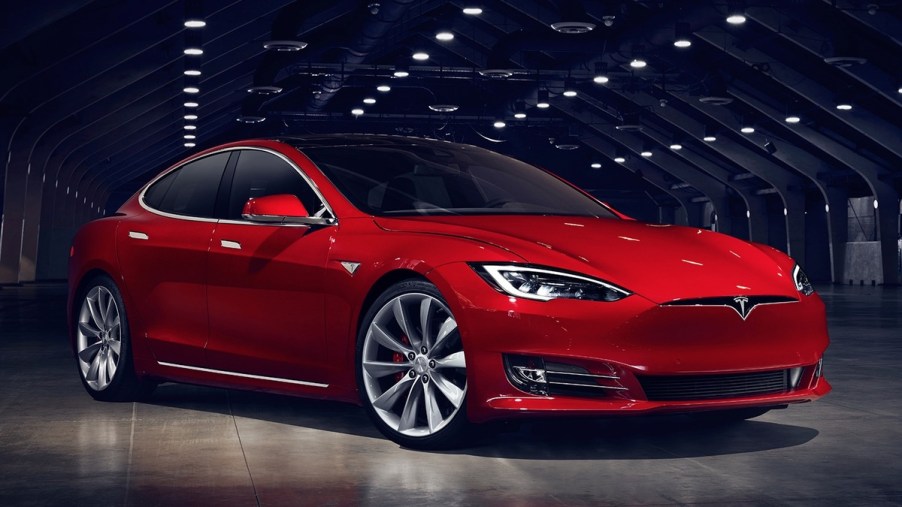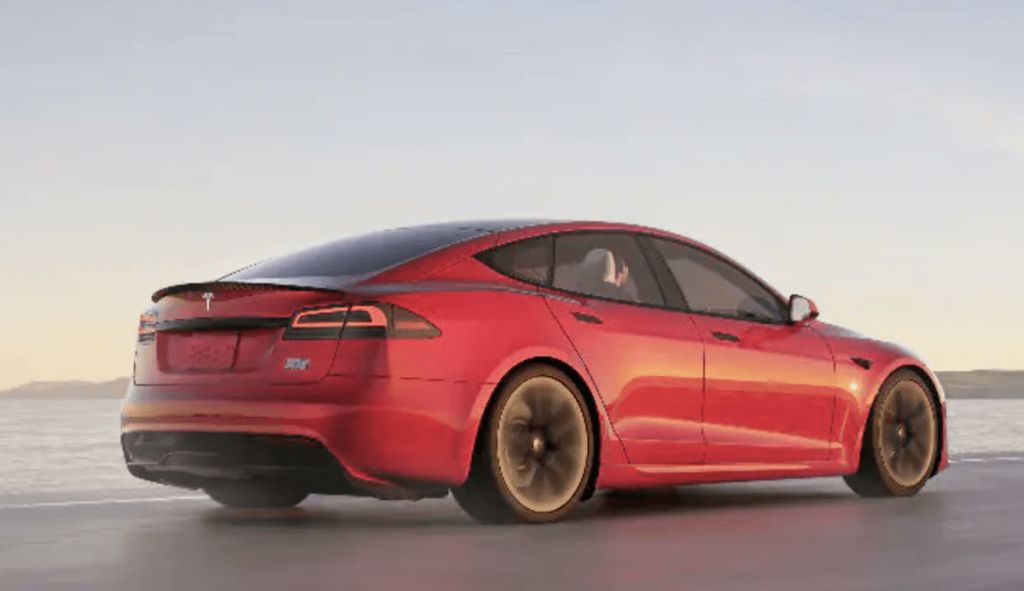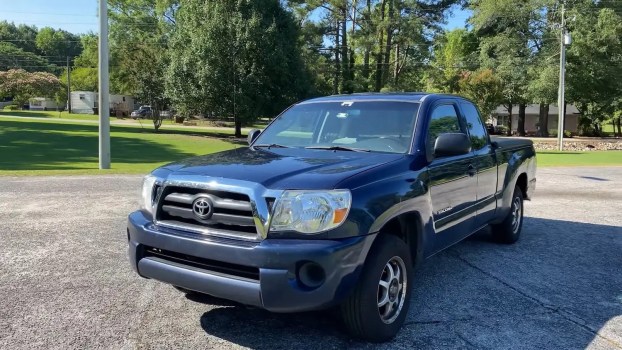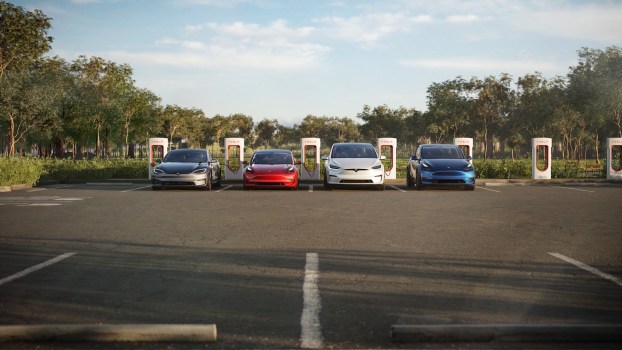
Here’s What It Actually Takes to Get 1 Million Miles Out of a Tesla Model S
Electric vehicles need a fraction of the moving parts that a traditional, ICE vehicle has. They could theoretically last much longer, and save future drivers some money in the long run. Theoretically. Any mechanic will tell you that the first generation of a new technology is far from the most reliable. Here are all the real world repairs it took to keep the first known 1 million+ mile Tesla Model S on the road.
Hansjörg von Gemmingen-Hornberg is a German Tesla driver. He takes a ton of long road trips in his 2014 Model S–such as his recent trip to Morocco. He’s run his EV up to 1.2 million miles and it’s still going strong. After three battery packs and 13 rear motors.
Thirteen motors? Yikes! That sounds less than ideal. And evidence shows it is far from the norm. But more on that later.
Tesla debuted its largest sedan to date–the Model S– in June 2012. So Hansjörg’s 2014 is very early in the model run. Early Model S Teslas are known for having trouble with the rear axle’s drive unit. Even so, 13 replacements sounds like quite a few.
Most drivers are more afraid of EV battery pack replacements. And that makes sense, swapping a Model S’s battery can be an expensive procedure. Insurify says you’re looking at $13,000 on the low end. Certain Model S batteries (presumably larger units in long range cars) could run you $20,000 to replace. Here’s to hoping the aftermarket suppliers can figure out something cheaper.

So hearing that Hansjörg did three battery replacements in less than ten years may be enough to scare you away from an EV. But remember that his batteries lasted 300,000 miles on average. And honestly, if you ran an ICE vehicle for that long, you might be looking at a full engine rebuild every 300,000 miles.
The longevity of an EV battery also depends on how the vehicle is used Hansjörg’s road trips would be especially difficult on a battery. If you mostly used your car to commute, and mostly charged it at home, than its software could tweak charging for the longest possible battery lifespan.
So what about that electric drive unit wearing out? We were able to track down a 2015 Tesla Model S with 424,000 miles and take it for a test drive. That car is on its first battery swap (at 180,000 miles and covered under warranty for that model year). But neither of its owners have had any trouble with the electric drive unit. Hopefully that means Tesla fixed the problem by 2015.
The 400k mile Model S was a AWD, which means it MSRPed at $75k. The first owner used it for Uber, so that explains its mileage. The 2015 model year also included free lifetime supercharging. So it has coast $0.17/mile to operate, thus far. That’s a darn good deal. MoneyGeek reveals that the average ICE vehicle costs rose to $0.72 in 2022, including repairs and fuel.
Even if the owner of the 400k-mile Model S had had to pay for the battery replacement out of pocket, they would have sunk just $0.24 per mile into their Tesla.
So how is the high mileage Model S holding up? See it for yourself in the video below:





